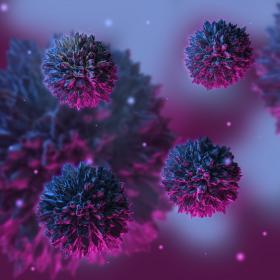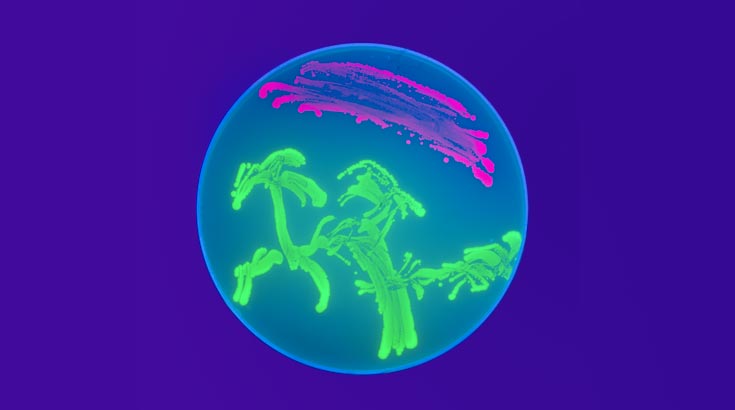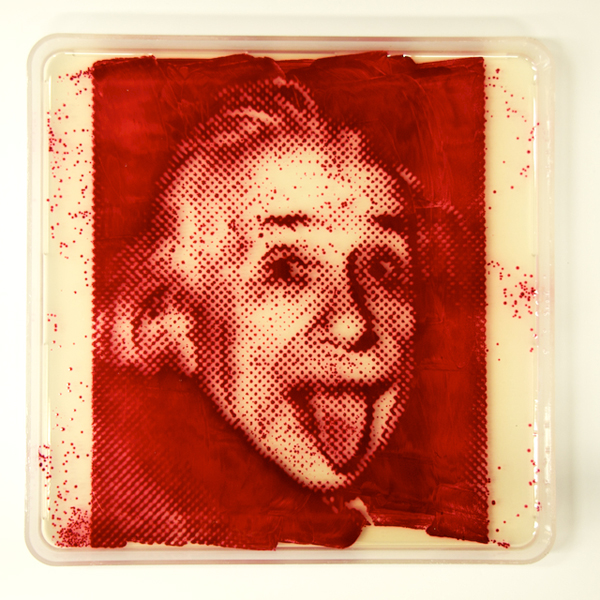Ever heard of bioart? I hadn’t until I noticed some spectacular-looking images while reading a scientific article, and soon became intrigued by who created them. It turns out that bioart is a booming field for those interested in understanding more about biological processes as well as spreading their love of the science by presenting it artistically to the world.
The term “bioart” was coined by artist Eduardo Kac, who, through bioart, aims to provoke social discussion. And he certainly has. In 2000 Kac astounded audiences when he presented his genetically engineered glowing bunny named Alba. He dubbed her “transgenic art,” which stirred some controversy on what the term “art” really entails, as well as the ethics of this type of genetic modification.
Nonetheless, bioart covers a wide range of biological fields, ultimately using living tissues and organisms to create stunning and provoking pieces of art.



Interestingly enough, bioart dates further back than one would expect! In fact, Alexander Fleming, in between experiments, would paint stick figures and landscapes on paper and in Petri dishes using bacteria. In 1928, after taking a break from the lab, he noticed that portions of his “germ paintings,” had been killed. The culprit was a fungus, penicillin–a discovery that would revolutionize medicine for decades to come.
Ultimately, bioart is a great way to inspire us to learn more about our amazing, beautiful, world.